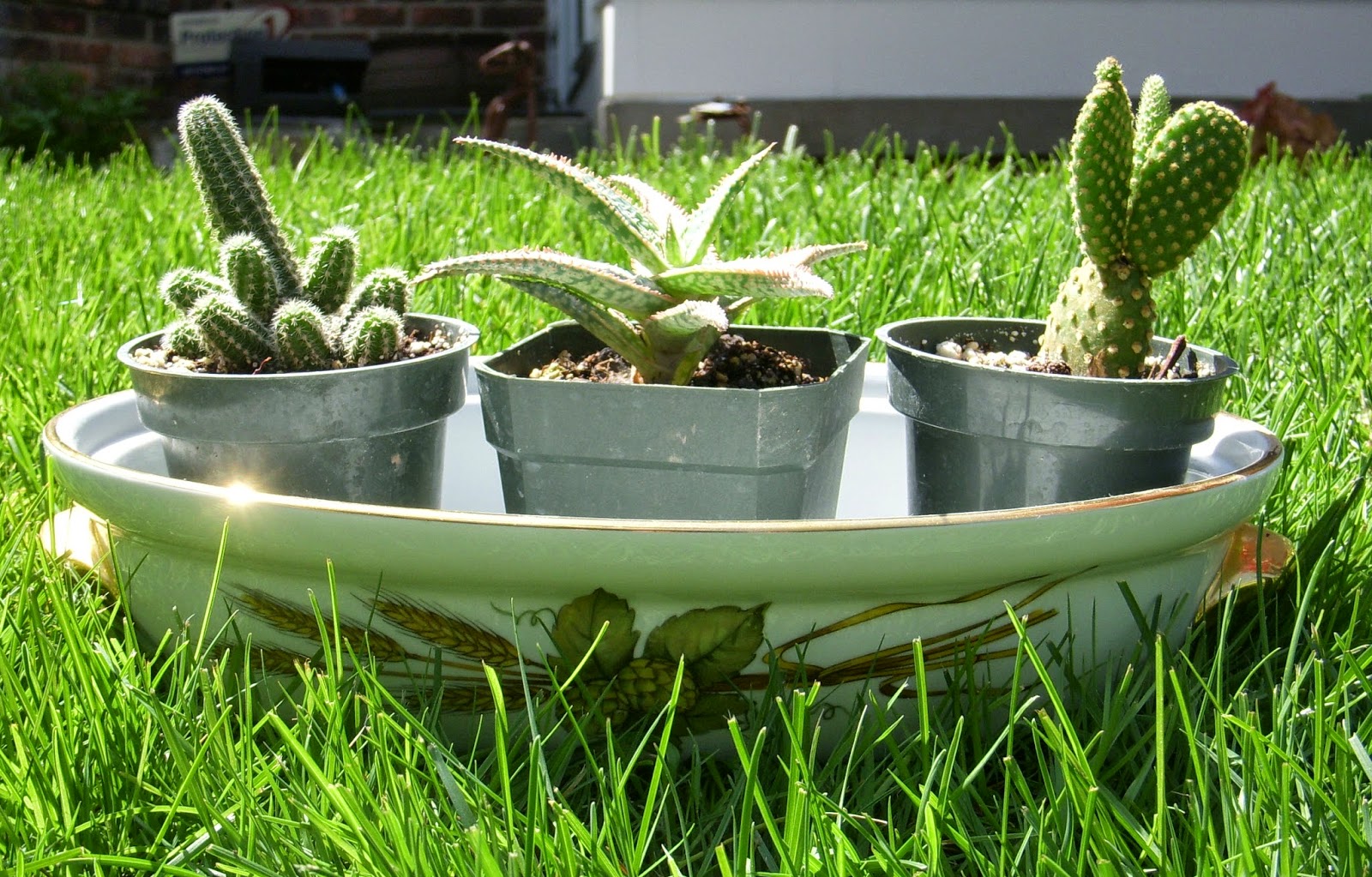Differences between Monocot and Dicot
Flowering plants are classified into two major groups called dicots and monocots. However, this is a very fuzzy distinction which botanists do not agree upon simply because there are monocots that possess some characters of dicots. This is not a fault of the botanists though; this has got to do with shared ancestry of the two groups of flowering plants. Despite similarities, there are many differences between monocots and dicots that will be discussed in this article. To begin with, the major difference between monocots and dicots is revealed by their names. While monocot has a single cotyledon, dicots have two cotyledons. These are seed endosperms that are contained within the seed coat (testa). If you have seen a softened bean seed, you can divide it into two halves revealing the contained seed endosperm. Inside a bean seed there is a tiny plant called embryo. The two halves of the seed are called cotyledons. These halves serve the purpose of supplying food to the young plant when ...
